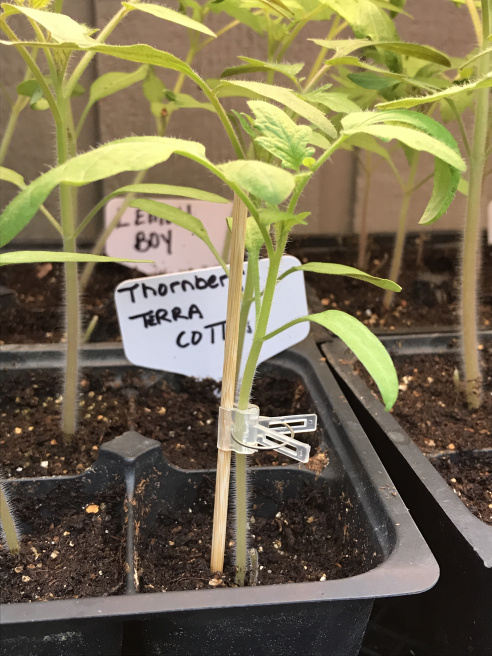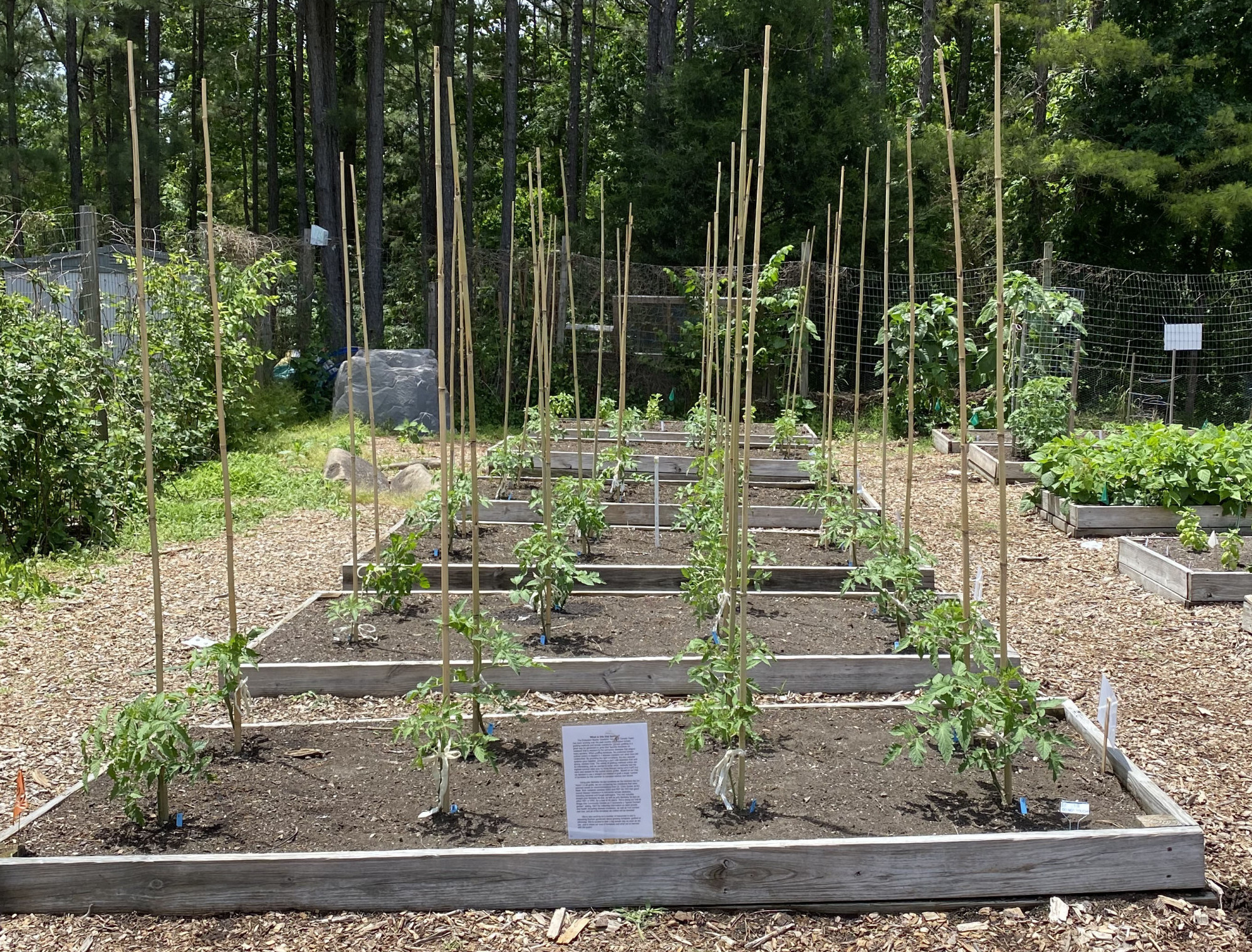Grafting to Create a Healthier Tomato Plant
go.ncsu.edu/readext?702538
en Español / em Português
El inglés es el idioma de control de esta página. En la medida en que haya algún conflicto entre la traducción al inglés y la traducción, el inglés prevalece.
Al hacer clic en el enlace de traducción se activa un servicio de traducción gratuito para convertir la página al español. Al igual que con cualquier traducción por Internet, la conversión no es sensible al contexto y puede que no traduzca el texto en su significado original. NC State Extension no garantiza la exactitud del texto traducido. Por favor, tenga en cuenta que algunas aplicaciones y/o servicios pueden no funcionar como se espera cuando se traducen.
Português
Inglês é o idioma de controle desta página. Na medida que haja algum conflito entre o texto original em Inglês e a tradução, o Inglês prevalece.
Ao clicar no link de tradução, um serviço gratuito de tradução será ativado para converter a página para o Português. Como em qualquer tradução pela internet, a conversão não é sensivel ao contexto e pode não ocorrer a tradução para o significado orginal. O serviço de Extensão da Carolina do Norte (NC State Extension) não garante a exatidão do texto traduzido. Por favor, observe que algumas funções ou serviços podem não funcionar como esperado após a tradução.
English
English is the controlling language of this page. To the extent there is any conflict between the English text and the translation, English controls.
Clicking on the translation link activates a free translation service to convert the page to Spanish. As with any Internet translation, the conversion is not context-sensitive and may not translate the text to its original meaning. NC State Extension does not guarantee the accuracy of the translated text. Please note that some applications and/or services may not function as expected when translated.
Collapse ▲Tomato grafting is a great way for gardeners to grow their favorite tomatoes on rootstock that is resistant to the soil-borne diseases that plague many gardens. When grafting tomatoes, the preferred tomato cultivar (scion) is clipped to a disease-resistant root stock then left undisturbed. By providing the right conditions, the two vascular systems grow together, producing a plant with desirable fruit and strong, resilient roots.
Forty tomatoes, a combination of grafted and ungrafted, were planted at Briggs Avenue Community Garden on May 1. Pink Berkley Tie Dye was chosen as the “scion” or top. For the sake of comparison, 12 each of two different root stocks, RST 04-105 and DRO 141TX, were used. Both were chosen for their resistance to wilt and verticillium, common tomato diseases in the Piedmont. Eighteen ungrafted tomatoes were also planted so we could compare performance of grafted vs non-grafted. To replicate what is often typical in a home garden, the 4’ X 10’ plots were densely planted with two rows of four tomatoes. There are 2.5’ between tomatoes and 2’ between rows. They will “grow up” on stakes. The tomatoes are being monitored three times a week for leaf health and wilt. Ultimately the poundage and quantity of fruit will also be measured, and produce will be donated.
Over the last several months, Master Gardener℠ volunteers of Durham County have also been working to develop information that will help tomato lovers throughout the Triangle succeed in grafting their favorite tomatoes onto disease-resistant root stock. To see how our tomato trial is going, check out the “Tomato Grafting Project” tab on the Master Gardener volunteers of Durham County’s blog.
(UPDATE: Check out the link to see everything we learned, complete with how-to videos to get grafting at home!)






